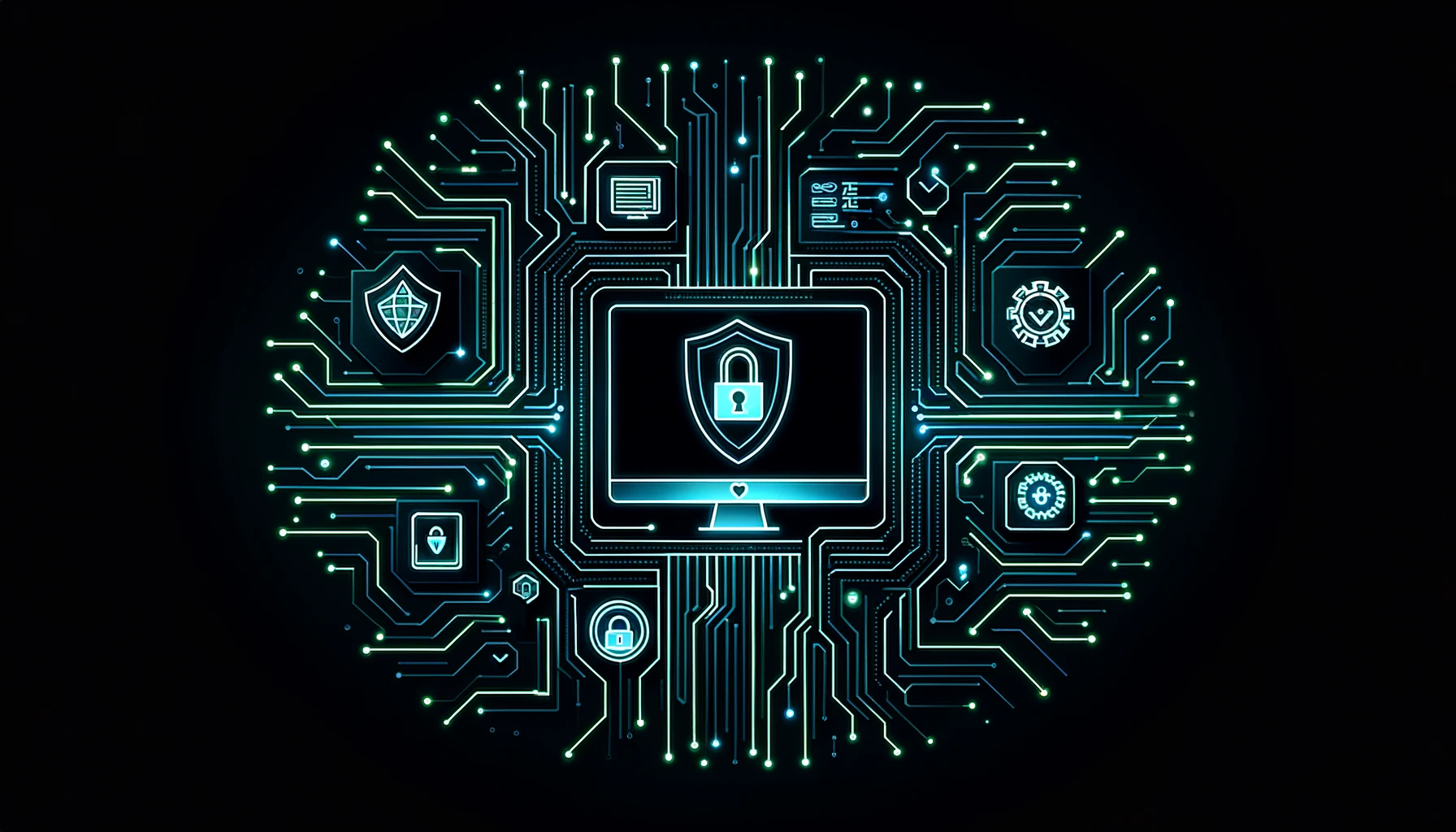Encryption
Encryption
Encryption is a way to change readable data (called plaintext) into something unreadable (called ciphertext). This makes sure no one without permission can see it. This is really important to keep private things, like personal information or financial data, safe. Encryption works by using mathematical algorithms and keys to lock the data either while it’s being sent somewhere or while it’s being stored.
To learn more about keeping your data safe, like using vulnerability scans or web penetration testing, check out our IT-Security Services.
Key Points
- Definition: Encryption turns readable data into ciphertext so it can’t be accessed by anyone without permission.
- Types of Encryption: Symmetric (uses one key for both locking and unlocking) and Asymmetric (uses a public key to lock and a private key to unlock).
- Importance: It keeps personal data safe, secures messages, prevents data breaches, and helps organizations comply with data protection laws.
- Common Uses: Encrypting messages, securing online payments, and protecting data stored in the cloud.
- Advanced Threats: Bad encryption practices can lead to data leaks, malware, or ransomware attacks.
Related Terms
Types of Encryption
1. Symmetric Encryption: This type uses one key to both lock (encrypt) and unlock (decrypt) the data. Examples include AES (Advanced Encryption Standard) and DES (Data Encryption Standard). Symmetric encryption is fast, so it’s good for large amounts of data, but it can be hard to share the key safely.
2. Asymmetric Encryption: This type uses two keys: a public key to lock the data and a private key to unlock it. A common example is RSA (Rivest–Shamir–Adleman). This type of encryption is more secure because the private key is never shared.
How Encryption Works
Encryption uses special math to change readable data into a form that can’t be read by anyone without the correct key. Here’s how it works:
- Plaintext (readable data) is put into an encryption algorithm.
- An encryption key is used, turning the plaintext into ciphertext.
- To read the original data, the ciphertext needs to be decrypted with the correct decryption key.
This keeps data safe, even if someone tries to intercept it. For more about how encryption works in cybersecurity, check out our DevSecOps Article.
Common Uses of Encryption
- Data in Transit: When data is being sent over the internet (like an email or an online purchase), encryption makes sure no one else can read it. Tools like TLS and SSL are used to keep data safe during transit.
- Data at Rest: Encryption is also used to protect data that’s stored on devices or in the cloud, so even if someone steals the device, they can’t access the data.
- Secure Messaging: Messaging apps like WhatsApp and Signal use end-to-end encryption so only the people sending and receiving messages can read them.
Benefits of Encryption
- Data Security: Keeps sensitive information safe from people who shouldn’t see it.
- Privacy: Makes sure private messages and data stay private.
- Compliance: Helps companies follow data protection laws like GDPR and HIPAA.
- Trust: Users trust that their data is secure when encryption is used.
Encryption Algorithms You Should Know
FAQ
It protects data from unauthorized access and ensures the security and privacy of information.
Encryption uses algorithms to transform data into an unreadable form that can only be decrypted with a key.
Yes, there is symmetric and asymmetric encryption, each using different methods and keys.




































